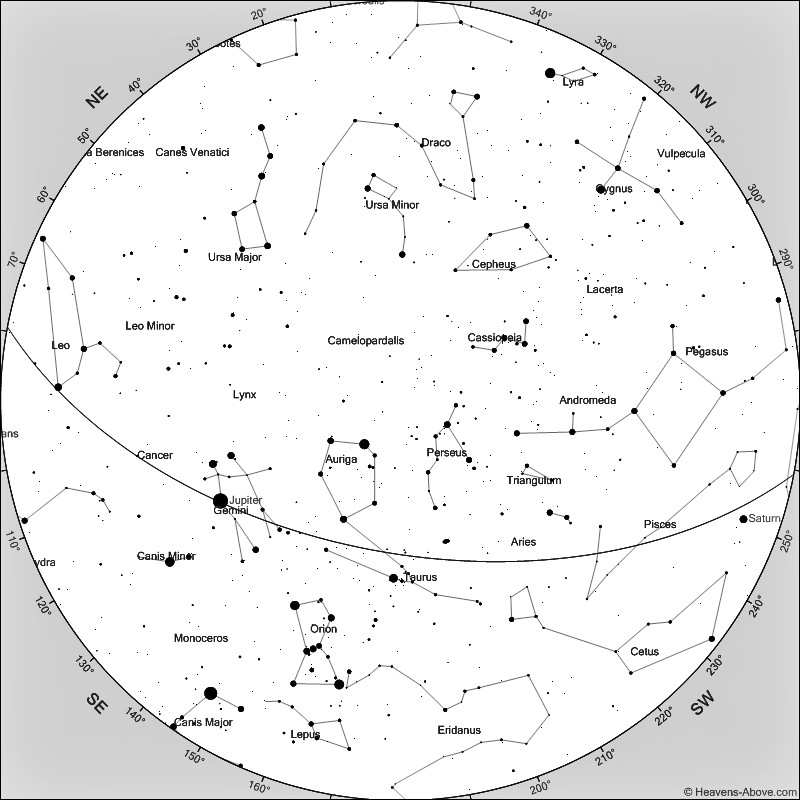The Sky at Night
Auriga, which has often been likened to a pentagonal shape, or a kite, is flying high in the south during January. The top of the pentagon is marked, and easily identified, by the bright star Capella, which is the third brightest star in the northern hemisphere. Capella is actually a quadruple star system, the largest of which is 12 times the diameter of our Sun, but of similar colour and surface temperature. It is so bright because it is ‘only’ 43 light years distant.
The constellation of Auriga contains a number of galactic open star clusters. These are groups of fairly close stars which have formed from a common cloud of interstellar gas and dust and are of about the same age, so are useful for the study of the ageing processes of stars of different masses. Three such star clusters lie across the centre of Auriga and have the designations Messier 36,.37 and 38, numbers given to them by Charles Messier in his 1781 catalogue. A pair of binoculars will easily reveal these clusters if you move across the constellation from east to west below Capella.
Just to the west of Auriga is the inverted Y shape of Perseus. The left branch of that inverted Y points to a small group of stars which can be seen clearly without optical aid. This is the star cluster called the Pleiades, otherwise known as the Seven Sisters or is numbered 45 in Charles Messier’s catalogue. The name Seven Sisters comes from the mythology which tells that they are the daughters of Atlas and Pleione who were turned into stars to avoid the attentions of Orion. On a dark night, those with good eyesight can make out seven stars, although with binoculars many more will be seen. This open star cluster is at a distance of 444 light years and the stars are believed to be around 100 million years old. They are travelling through a cloud of gas and dust and long exposure images show some reflected blue light from the hot, blue stars.
January starts with the first meteor shower of the year which peaks at about midnight on the 3rd January. The meteor shower is known as the Quadrantids, named after the former constellation Quadrans Muralis which is now part of Boötes. It is usually quite a prolific shower with more than 100 meteors per hour close to maximum, but this year it will be much less spectacular as full Moon falls on the 3rd January and its brightness will hide many of the fainter meteors.
Sky Notes courtesy of Ken Kennedy of Dundee Astronomical Association
The Planets
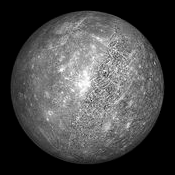
Mercury
During January
Mercury is located close to the Sun in the sky and will not be visible throughout the month.
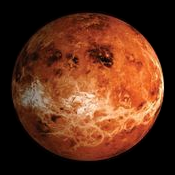
Venus
During January Venus is located close to the Sun in the sky and will not be visible throughout the month.
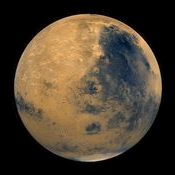
Mars
During January Mars is located close to the Sun in the sky and will not be visible throughout the month.
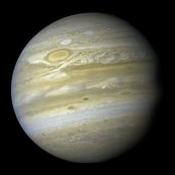
Jupiter
Jupiter is visible throughout the month, rising at around 3.30pm in Gemini where it remains all month just south of Castor and Pollux. By midnight Jupiter reaches its highest elevation of 56º due south and is in an ideal position for observation with any instrument from binoculars to larger telescopes. With binoculars you can follow the movements of the four major Galilean satellites as they change position night by night. With any size of telescope the upper cloud bands of Jupiter can be seen as they are drawn out by the planet’s rapid 10 hour rotation. Larger telescope will show the shadows of the major satellites as they cross the face of Jupiter and appear like small black holes in the planet’s clouds.
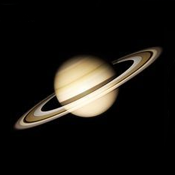
Saturn
At a lower elevation of 30º Saturn can be seen due south at 4.30pm on the border of Aquarius and Pisces. The rings of Saturn will still be at a very narrow angle in January but will widen slightly during 2026 to reach about 7º. In January the rings may be seen as a line across the planet with a moderate sized telescope but probably not visible in binoculars.
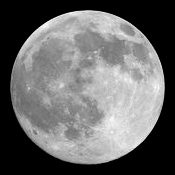
The Moon
The Moon will be full on the 3rd, at last quarter on the 10th, new on the 18th and at first quarter on the 26th January.

